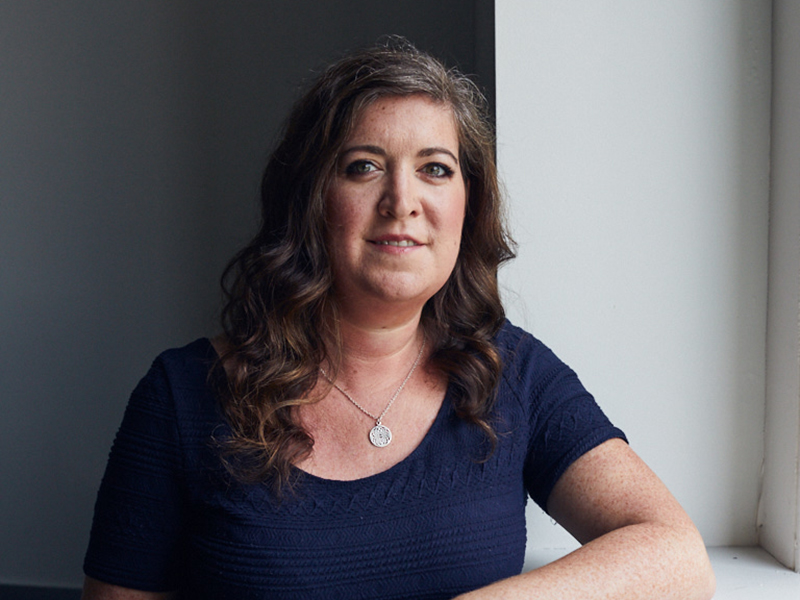
The much-deserved, overdue and rising attention bestowed on diversity, equity and inclusion in the workplace over the last couple of years is a win-win for employers and employees — but it’s vital that a DEI focus goes beyond ideas and words and translates into action.
Benefits Canada is seeing action across the industry, by benefits and pension plan sponsors, consultants, insurers and investment managers — so we knew it was the perfect time to devote a full issue of the magazine to DEI.
Pre-pandemic, our parent company Contex Group Inc. hosted a live event called Women in the Financial Industry. It was a truly inspiring day of empowering speakers and networking opportunities. In particular, a quote during one session stuck with me: “Diversity is being invited to the party; inclusion is being asked to dance.” I think it’s a perfect metaphor.
That quote is revived in this month’s Pension Feature by Michael Kaneva, the OPSEU Pension Trust’s first-ever director of inclusion, diversity and equity. “We put ‘I’ in front — diversity is being invited to the party and inclusion is being invited to dance. My philosophy is, why have a party when you’re unsure if people are going to be invited to dance? That’s why inclusion comes first and it’s about making sure we have the behaviours, the education and perspective in order to be as inclusive as possible.”
Today, the quote still rings true for me across many areas of diversity and inclusion — gender, race, culture, sexual orientation and people with disabilities. In our inaugural DEI issue, we wanted every single article to consider DEI in the workplace through this widening lens.
In addition to putting this issue together with the uniting theme of DEI, I noticed as I read through the articles that employee resource groups come up in several features.
Read: How employers can dismantle unconscious bias in the workplace
In the Employer Strategy, Kelly Desautels, DuPont Canada’s human resources leader, says the company’s ERGs play a vital role in educating and fostering awareness among employees, as well as providing an opportunity for a collective voice around shared issues of concern.
In the HR Update, Gena Restivo, vice-president of HR, communications and sustainability in Canada at AstraZeneca, explains how a learning session the company hosted in 2021 to help dismantle racial bias in the workplace spawned new ERGs.
And back in the Pension Feature, the OPTrust’s Kaneva discusses the organization’s ERGs, noting they further expand education on DEI issues from the top down. “We get to learn so much from other people and cultures. Every time you learn about something, you add a new layer and that approach allows you to enter new situations in a way where you have more confidence.”
All of these threads lead to this month’s Back to Basics, which looks at ERGs, tracing them to race riots in Rochester, N.Y. in the 1960s, when the chief executive officer of Xerox Holdings Corp. and the company’s Black employees decided to introduce a group for Black workers to safely discuss their shared experiences and advocate for change.
Read: Back to basics on employee resource groups
Today, ERGs are just a starting point, the most basic way an employer can highlight its focus on DEI. We’ve come a long way over the past 60 years and we still have a long way to go. But as long as the industry continues to demonstrate this focus — as you’ll read on every page of this issue — I think we’re on our way to real change.
Jennifer Paterson is the editor of Benefits Canada.
